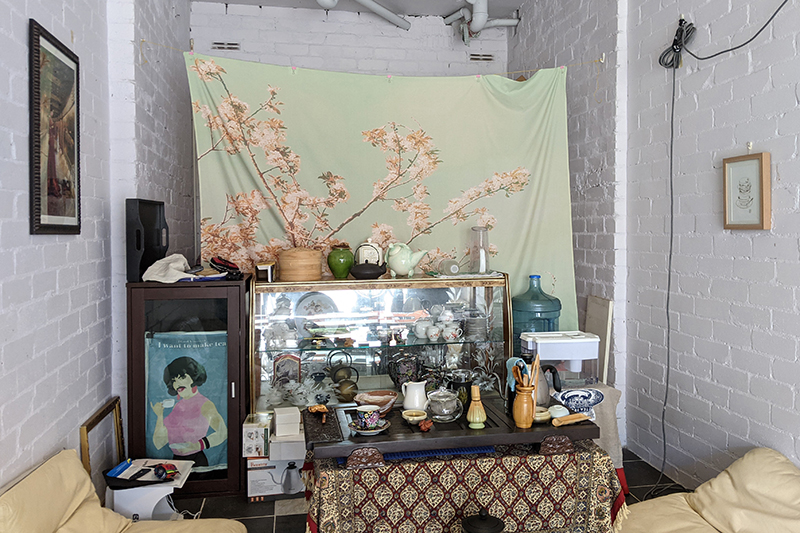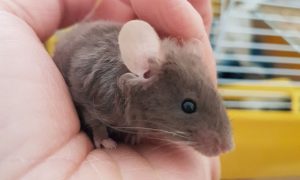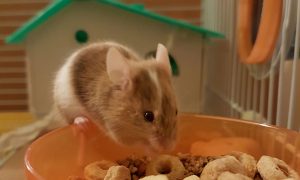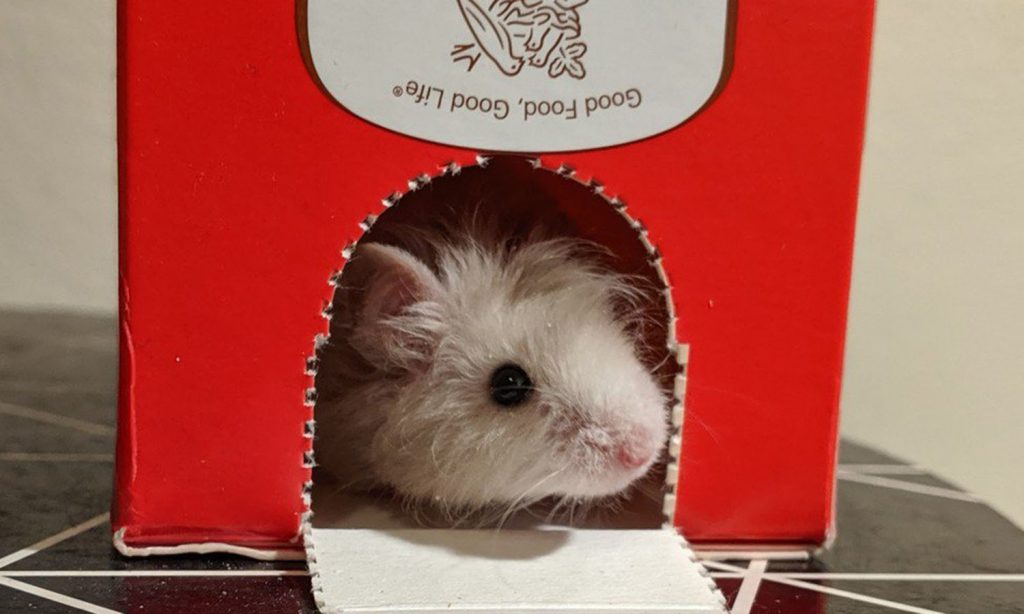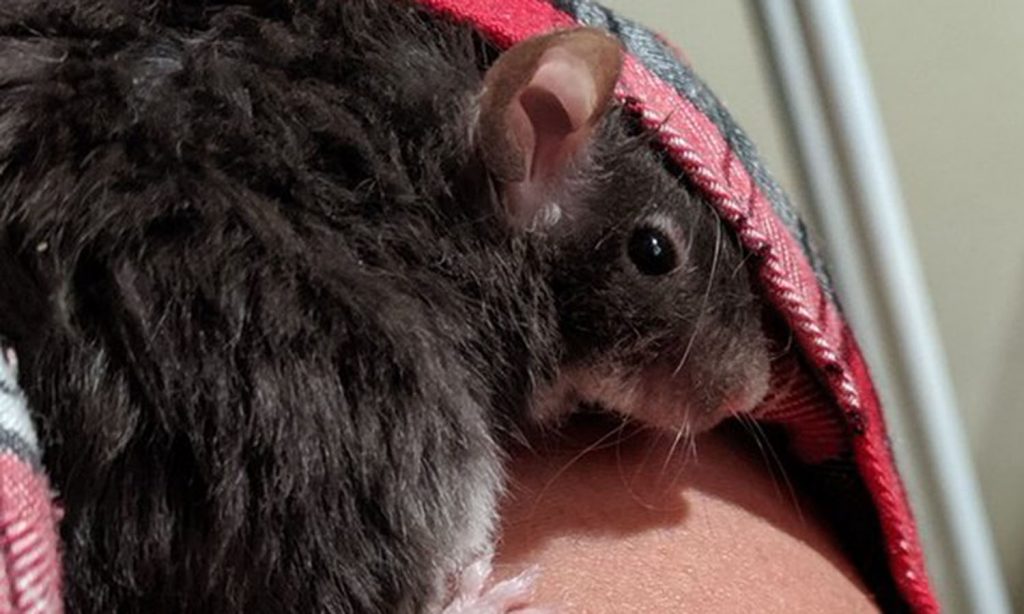Jetsam
“Don’t move. Never move.”
For months after we’d packed up our flat in inner west Sydney to move to Parramatta, I persuaded everyone who would listen to me that moving was The Worst. And it was the worst move I’d ever made. Not because the place we left was our dream flat or that the unit we moved into was hideous, but because it was patently obvious that somehow, over the course of the six-and-a-half years we’d lived together in the flat beside Liverpool Road, we’d accumulated a lifetime of paraphernalia, secure in the knowledge that we would never have to move. Until we did.
My partner is a hoarder. Not in a ‘stacks of newspapers so high it’s a fire hazard’ kind of way. More of a ‘I have a lot of boxes of random things I haven’t looked at in years, why don’t I just hang onto them until I have time to take a closer look?’ way, when that time is ‘never’. There were pockets of actual rubbish in his study, empty yoghurt tubs and lolly wrappers and tissues. I would nag him about it, and then police my nagging about it and then re-nag him about it, knowing that if he didn’t do something I would need to pick up the slack down the line. Having to manage his stuff as well as my stuff and our stuff was a bridge too far. On top of keeping one eye on the news during a global pandemic, I was trying to maintain my workload as a freelancer, cognisant that saying “no” to any commission in these lean times might shut off future work.
I have hoarding tendencies too, to be honest, but I make time periodically to shed excess paraphernalia because it’s an excellent way to procrastinate on other things I don’t particularly want to do. In the clear-out a few years before this move, I finally let go of a box of notes from my HSC French course, which I’d taken by correspondence because there were just three students in my year who picked the subject, too few to form a class at my high school. I removed all the staples from the corners of the worksheets and put the box of paper wholesale into the recycling bin.
When I was 14 I thought I was the best French speaker in the world. It was not that I literally thought this, more that a kind of hubris took over where being the most enthusiastic student in my class somehow conferred this status upon me even when I knew it was not, could not be, true. Being good at French somehow made up for the fact that I was so very bad at Mandarin, which I’d tried to learn at age five and then again at 12 thanks to parental urging. At 37 I tried again for three terms of my own accord – paying out of my own pocket – at evening classes held at the University of Sydney, only to rediscover how horribly undisciplined I was at homework.
I don’t recall much about learning Mandarin, aged five. I remember the day I had learnt the word for ‘moon’ but not the word itself. I remember telling my parents I didn’t like speaking a funny language, so they took me out of Saturday school and enrolled me in swimming lessons instead. Of course, had I known what an asset Mandarin would be in the 21st century I might have wished for my parents to be more insistent about sticking with it, but they were Malaysian-born, British-educated folk who spoke Hokkien, a dialect of Cantonese, with their families and had little more than “nǐ hǎo” and “xièxiè” themselves.
Once, in Beijing, in a time before smartphones, I spent a few days with a white Australian friend who was living and working there. We were walking home from dinner one evening when a tourist couple approached us for directions. I can see why they did: in strangers’ eyes I looked like I was local and that she had a good chance of speaking English. But within a few words it became evident that their English was hesitant at best. They were French. So my friend, who lived a few streets away, issued a set of directions to guide them to their destination and I, in my best schoolgirl French, translated them for the confused but grateful pair. “Je ne suis pas Chinois,” I explained. “Nous sommes Australiens.”
I am not Chinese. We are Australian.
My friend’s fluency and my lack of Mandarin became a novelty act throughout our trip to the weekend markets as I let her haggle our way through the stalls.
“A lăowài speaking for a Chinese?”
“Do you have a problem with that?” she would shoot back.
Later, she would explain to me that even though she told them I was Australian, they would always consider me Chinese.
“But I was born in Australia and this is the first time I’ve ever been to China!”
“Doesn’t matter,” she said. “Even if I’d been born here and you’d never set foot here, you would always be Chinese, and I would never be Chinese. They claim you.”
The swimming lessons in lieu of Mandarin class worked out well, actually. It seemed to me growing up that being able to swim is a necessary, though not sufficient, condition to be Australian. I wasn’t speedy, but I was a strong swimmer who could hold her own at squad.
When I first moved out of home I rented a flat with a friend in Waverton, which had the same postcode as North Sydney. Once a month I would walk down to North Sydney Olympic Pool on a Friday evening when I could claim a lane to myself. I had a four-lap warm-up, a one-kilometre routine cycling through freestyle, backstroke and breaststroke, and a four-lap wind-down. Doing backstroke afforded a view of the Sydney Harbour Bridge lit up like a quotidian festival.
Swimming wasn’t just exercise, it was a kind of mindful debriefing. I was working in magazines at the time, writing for one and editing two others, and I didn’t really drink, so going to the pub after work on Friday was not a regular habit. I wondered if this made me somehow less of a cultural fit for publishing, but I could not help that alcohol made my face red and that drinking more than my low limit made me either sleepy or sick. I wanted a quiet place to hang out late at night that didn’t rely on having to buy booze, somewhere where I could read a book and be alone with everybody.
By the time I moved from north of the Harbour Bridge to inner west Sydney, I had already started to restrict my book buying. It was not that I found books expensive – even though Australian prices were comparatively high compared to the UK and the US, there was something to be said of solidarity with the book industry – but the cost of the real estate to keep them was becoming prohibitive. I was fortunate to move to an area where the council and street libraries were well stocked, and I was more than happy to give away or donate books on a two-out, one-in basis. As my arts peers began to find their voice, I found that more and more of what was on my shelf was a reflection of who I knew.
This self-imposed restriction began to buckle as time wore on. Books bought at writers’ festivals and launches were exempt from the rule, as were books about tea, which had become more than a beverage to me. One day, on a browsing trip to Kinokuniya, I caved and bought a stack of hardcover tea books that made signing up for a membership – which cost $15 a year for 10% off all purchases – a sensible financial choice. I needed tea knowledge, and I had decided it was going to come from reading as many books as possible.
It was not long after we moved into the Liverpool Road flat that I cottoned on to the potential of the garage. We didn’t have a car – my partner had never gotten his licence and I hated driving, so had always chosen to live near a train station – and the space was haphazardly filled with boxes that could be easily stacked towards the back, leaving room for a tea salon at the front. And it wasn’t just any oil-stained garage. Our landlady, who had moved out to go into aged care, had never owned a car either. We heard from a neighbour that, although she’d lived alone in a three-bedroom flat, she had a penchant for fashion and had used the garage for clothes storage. This explained the white painted walls and the presentable tiles in the lock-up space, which became an asset when I converted it for tea appreciation with a full Chinese tea tray on a low table surrounded by large sofa cushions from a leather lounge suite salvaged on council clean-up day.
Moving to Parramatta, where we had an impersonal car space we weren’t allowed to use for anything other than a vehicle, meant giving up the salon and all of the furniture in it. The vintage display cabinet went to a twentysomething on Facebook Marketplace, the pair of curio cupboards to Salvos, and the replica designer stools we used as side tables to a woman on Gumtree who was disappointed we only had two.
Much of my teaware I sold to my tea appreciation group one rainy Saturday before the move; the next week I offloaded a couple of boxes of books to a friend who’d posted photos of the garage sale to her reading group. The rest of the valuable jetsam washed up in homes offered by Freecycle, Vinnies and Salvos, and anything that remained after that we deemed actual rubbish, to be disposed of at an out-of-season council collection we ordered a few days following our move.
This meant the cushions we had rescued finally met their intended fate. We said goodbye, thanked them for their service and stacked them neatly next to dismantled Billy bookcases and broken office chairs.
I felt sad about the Billy bookcases. Most of them were originally from my parents’ house, decades old, making them ancient by IKEA standards. Others were unstable or falling apart thanks to various types of abuse – my career in magazines meant each shelf had been supporting 15 kilograms of publications for years on end. They were, collectively, unlikely to survive another move.
The magazines I decided to hang onto, despite no longer needing them to decorate my portfolio. They represented boxes and boxes of heavy cargo that I hadn’t interacted with in any meaningful way in years. Some are gorgeously designed art pieces on heavyweight semi-gloss paper stock; others are shopping centre rags where I’d written advertorial feature stories profiling store managers of high street brands. All of them found a new home in the built-in wardrobe of the room that came to be my office, paid for by excising an enormous to-be-read pile that I hope one day to reclaim via libraries, Kobo and loans from friends.
Every now and again I will forget about what I’ve jettisoned, and I’ll look for an item that is long gone. A clay teapot, perhaps, or a book I no longer own, and I will wonder if it was wrong or premature of me to get rid of it. Was it the act of shedding, or what I had shed that said more about me? Had I become someone by sending my French worksheets to be pulped but keeping my Mandarin textbooks, or donating unread novels but maintaining my archive of bylines in outdated magazines? Or is my identity always in flux, untethered from material objects but edited when reminded of their contribution to my life?
One time, after my partner and I had frantically tidied up for a rental inspection and our hoarding tendencies had come to a head, he confided that he sometimes fantasised about losing everything in a fire, as if it were a chance to start anew. “I would be sad,” he said, “but a part of me would also be happy.” And, I thought, me too.
This essay was first submitted to Liminal in 2021 but didn’t get anywhere with them.
